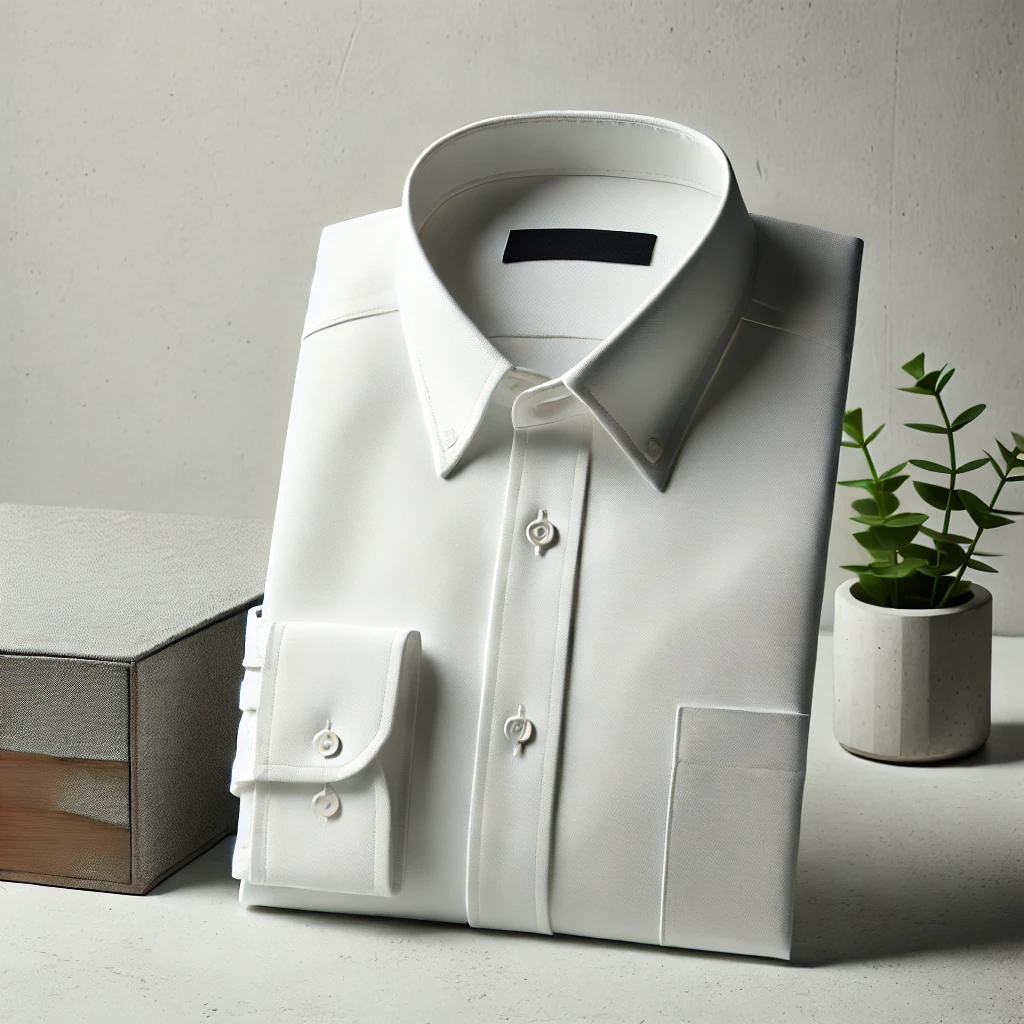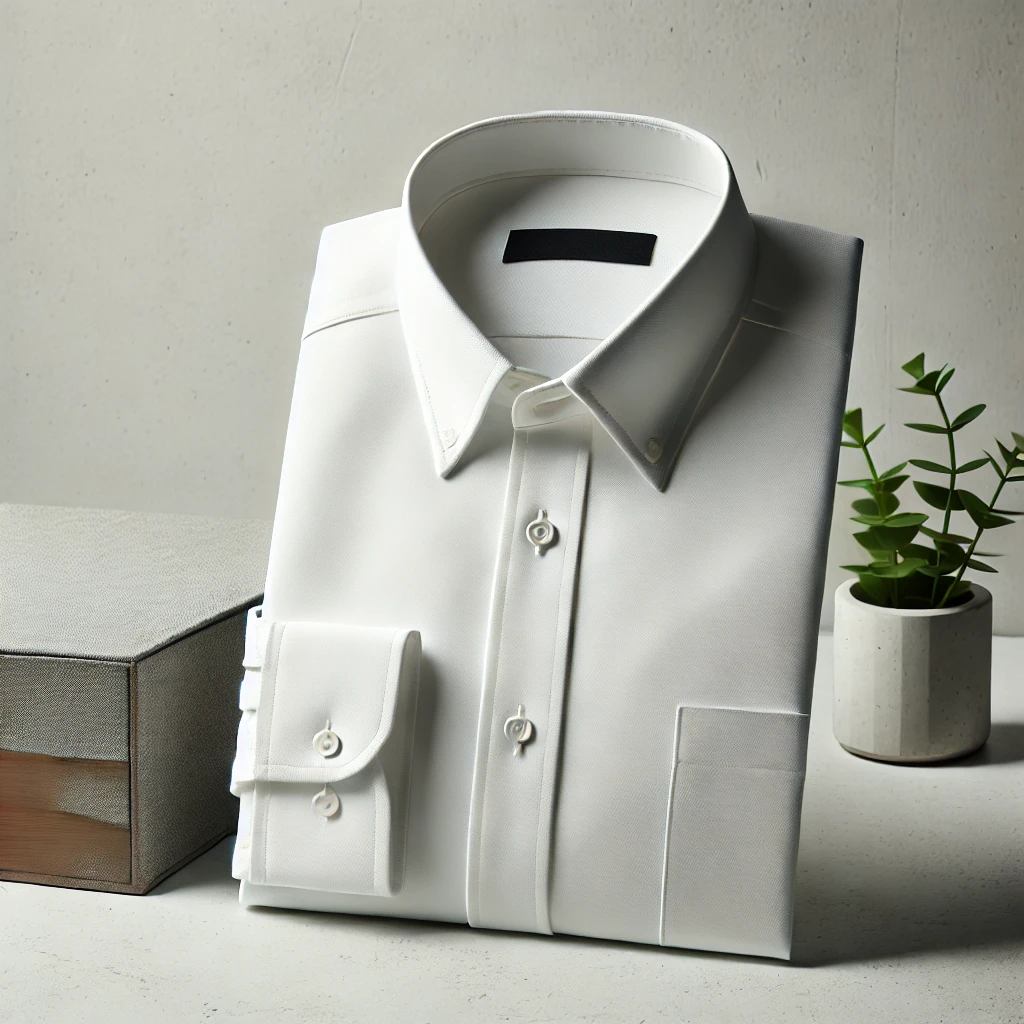
How to Choose and Style Business Shirts to Make a Great Impression
The Importance of Shirts in Business Attire
In business settings, the choice of a shirt can significantly influence the impression you leave. A well-chosen shirt bridges the gap between formality and approachability, showcasing professionalism and attention to detail. For instance, a neatly pressed white shirt exudes reliability, making it a staple in corporate wardrobes.
Understanding the role of shirts as the centerpiece of your professional image ensures that your outfit complements various business scenarios. Whether attending a meeting or a casual networking event, the right shirt helps you stand out.
The Difference Between Formal and Casual Shirts
Formal shirts typically feature plain colors, structured collars, and high-quality fabrics like cotton or silk. These are designed to pair seamlessly with suits for a polished look. In contrast, casual shirts offer more variety, incorporating patterns, textures, and relaxed fits suitable for less formal occasions.
For example, a crisp white formal shirt is ideal for conferences, while a checkered casual shirt can work for an informal Friday meeting. Understanding these distinctions helps you make the right choice for each scenario.
Key Features of Business Shirts
When selecting a business shirt, consider the following:
- Fit: Choose a shirt that fits comfortably without being too tight or loose.
- Fabric: Opt for breathable materials like cotton for long-lasting comfort.
- Color: Stick to neutral tones like white or light blue for versatility and professionalism.
Mastering these basics ensures you’re prepared for diverse professional situations. Let’s move on to selecting shirts for specific business settings.
2. Choosing Shirts for Different Business Scenarios
Shirts for Everyday Office Wear
Comfort and simplicity are crucial for daily office attire. Light-colored shirts such as white or blue pair well with trousers and blazers, creating a clean, professional look. Fabrics like cotton or blends with moisture-wicking properties are ideal for long work hours.
Alternating between plain shirts and subtle patterns like pinstripes adds variety. For example, a light gray pinstriped shirt is business-appropriate while offering a slight change from solid colors.
Shirts for Meetings and Presentations
High-pressure situations like client meetings or presentations require impeccable attire. Choose a crisp white or pale blue shirt with a sharp collar that holds its shape under a blazer. Ensure the shirt is freshly ironed, as wrinkles can detract from professionalism.
For added sophistication, consider French cuffs paired with understated cufflinks. This subtle detail can elevate your appearance without drawing excessive attention.
Shirts for Social Business Events
Business-related social gatherings offer room for creativity while maintaining professionalism. Patterned shirts with geometric prints or subtle checks can balance formality and approachability. Pair them with tailored trousers for a polished yet relaxed look.
For instance, a light gray shirt with a subtle herringbone pattern works well for networking events. Avoid overly bold designs to ensure a professional vibe.
Next, let’s explore how color and patterns can influence your professional image.
3. Using Colors and Patterns to Influence Impressions
The Best Colors for Business Shirts
Neutral colors like white, light blue, and pale pink are excellent choices for business settings. These shades are universally professional and easy to pair with accessories such as ties and blazers.
For example, white shirts convey authority and reliability, making them ideal for interviews or important meetings. Light blue adds a sense of calm and approachability, perfect for collaborative environments.
Incorporating Stripes and Checks
Patterns like stripes and checks can add personality to your attire. Thin, vertical stripes create a slimming effect, while small checks offer a subtle touch of style. These patterns work best in semi-formal settings or under solid-color blazers.
For example, a light blue shirt with white pinstripes can elevate your look during presentations. Similarly, a pale gray checkered shirt pairs seamlessly with a navy blazer for a semi-formal occasion.
Matching Shirts and Ties
The combination of shirt and tie plays a crucial role in creating a cohesive outfit. A patterned shirt works best with a solid or minimally patterned tie. Conversely, a plain shirt allows for more creative tie choices.
For instance, a navy tie with subtle polka dots complements a light blue shirt, striking the perfect balance between style and professionalism.
Next, we’ll discuss the importance of fit and how it impacts your appearance.
4. The Importance of Fit and Sizing
Measuring for the Perfect Fit
Accurate measurements are essential for finding the right fit. Measure the neck, chest, shoulder width, sleeve length, and overall length using a flexible tape measure. For the neck, ensure you can comfortably insert two fingers between the collar and your neck.
For example, the sleeve length should end precisely at the wrist, allowing for a polished look when paired with a blazer.
Choosing Fits for Different Body Types
Slim-fit shirts are ideal for lean or athletic builds, offering a modern silhouette. Regular-fit shirts work well for broader frames, balancing comfort and style. Tailored options ensure a flattering fit for any body type.
For instance, a muscular build pairs well with slim-fit shirts in stretch fabrics, providing ease of movement and style.
Preventing Wrinkles and Fit Issues
Maintaining a neat appearance involves attention to detail. Use shirt stays to keep the fabric in place and opt for reinforced collars to maintain structure. Rotating shirts regularly helps prevent overuse of specific garments.
Next, let’s look at maintaining and caring for your shirts to ensure longevity.
5. Maintaining and Extending the Life of Business Shirts
Proper Washing Techniques
Always follow care labels and wash shirts in cold or lukewarm water with mild detergent. Separate whites from colors to prevent discoloration, and use mesh laundry bags for delicate fabrics.
For example, pre-treating stains before washing can prevent permanent marks, ensuring your shirts remain in pristine condition.
Ironing for a Professional Finish
Start by ironing collars and cuffs, then move to sleeves and the body. Use a steam iron and adjust heat settings based on the fabric type. Lightly misting the fabric can help remove stubborn wrinkles.
A garment steamer is an excellent alternative for quick touch-ups, especially for delicate materials.
Caring for High-Wear Areas
Focus on maintaining the collar, cuffs, and underarms. Use gentle cleaning solutions for stains and rotate your shirts to distribute wear evenly across your wardrobe.
Applying fabric protector sprays can reduce friction damage in high-wear areas, extending the shirt’s life.
Conclusion
Choosing the right business shirt involves understanding basics, matching it to specific scenarios, mastering color coordination, and ensuring a proper fit. With proper care and maintenance, your shirts can remain a reliable part of your professional wardrobe, leaving a strong and lasting impression in any business environment.



Comment